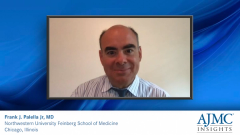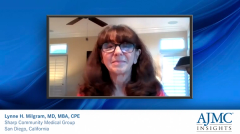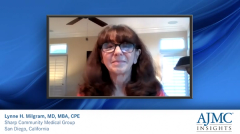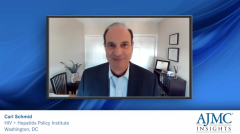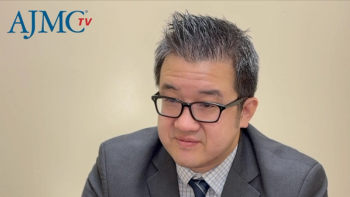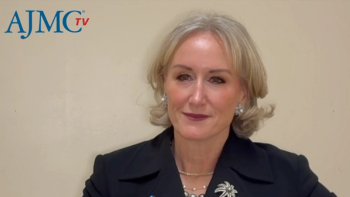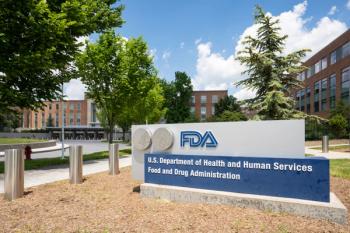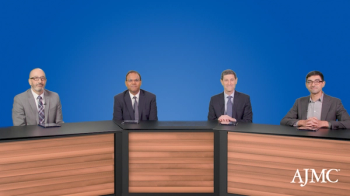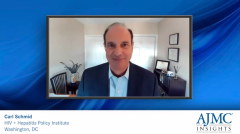
The Value of PrEP as HIV Prevention
Lynne H. Milgram, MD, MBA, CPE, iterates the importance of PrEP as an HIV prevention tactic and how walk away and fill rates are evaluated.
Episodes in this series

Lynne Milgram, MD, MBA, CPE: It's a very important strategy, pre-exposure prophylaxis, because we still have areas of high prevalence of HIV disease, and I don't know anyone who likes to use condoms all the time. We're fooling ourselves if we think we don't need a prophylaxis strategy for this disease.
There isn't a rate or a price that we wouldn't cover it, but we would position it based on value. For example, my organizations look at generic use first, and if a branded product came on the market to challenge or compete with the generic price, we would evaluate the value in the branded product. I don't believe there's a rate where we would walk away in this disease state because of the importance of prophylaxis.
Clinics that are specialized to treat patients with prophylaxis and treat patients with treatment, I think they will follow them. Fortunately, PrEP is also started by our PCPs because we don't want to put any barriers to treatment, even same day treatment if providers feel the patient is appropriate, after appropriate blood draws for testing for HIV. My point is, I'm not so sure the PCPs are following it. What I'm basing that upon is with any other chronic disease like hypertension or even diabetes, they're not following it in real timer the fill rates or these walkaway rates. We as an organization could. There'd be a a lag, but we could, and we're not. The walkaway rates are unknown except for the specialized clinics.
We are not doing enough to support adherence. One of the reasons is, unfortunately, we don't have a metric. We do not have a metric that we're held accountable for, nor is there a metric to look at the outcomes and achieving success. Because of that, we don't focus on it. If I would have to guess how many patients are adhering to the regimen in my health plan and health system, I would say it's very low. I would also say it's even very low for those who should be on prophylaxis. I don't think we're reaching enough people. We do not measure adherence rates. Can we? We probably could. We could measure fill rates. If we give a prescription, we could measure how many times it's filled. However, that would still not tell us adherence to taking the medication. This is not an area that I know we're doing well in.
Here's the problem. We have so many metrics on our plate that we're held accountable for—some from HEDIS [Healthcare Effectiveness Data and Information Set], some from Medicare Five-star, ACO [accountable care organization] metrics. We have something called AMP [antibody-mediated prevention] metrics. We have no metric for this. Unfortunately, because we don't, it doesn't get our attention. I'm not saying it's not an important area to look at. It certainly is a health area that is a grave concern, but we're not measuring it. We could look at fill rates, but is that truly a measure of adherence? It's just a measure of fill rates, not if people are taking it or taking it the way it's supposed to be prescribed.
This transcript has been edited for clarity.
Newsletter
Stay ahead of policy, cost, and value—subscribe to AJMC for expert insights at the intersection of clinical care and health economics.

